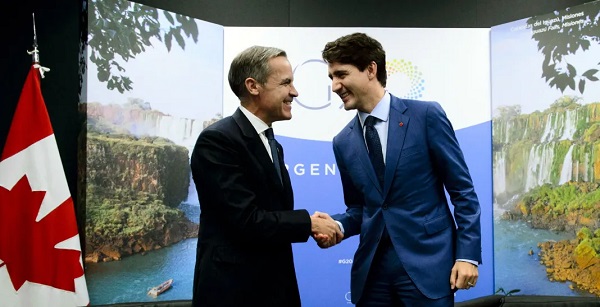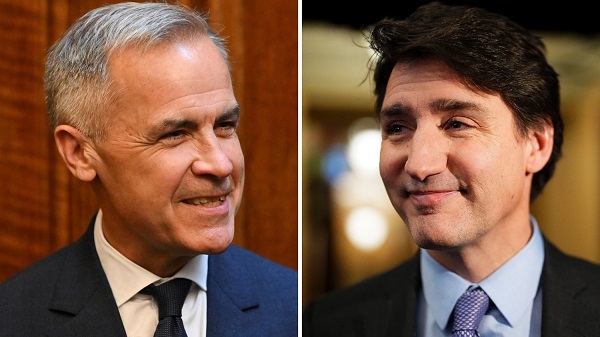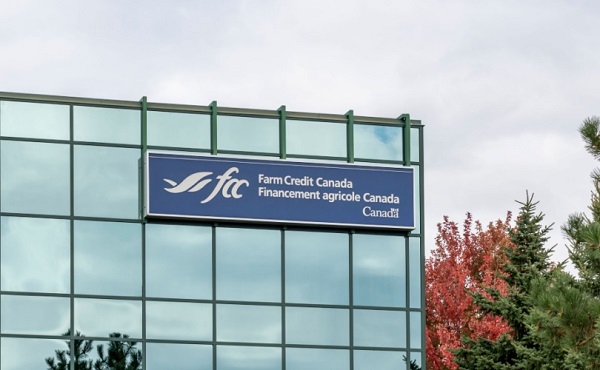Alberta
Albertans still waiting for plan to grow the Heritage Fund
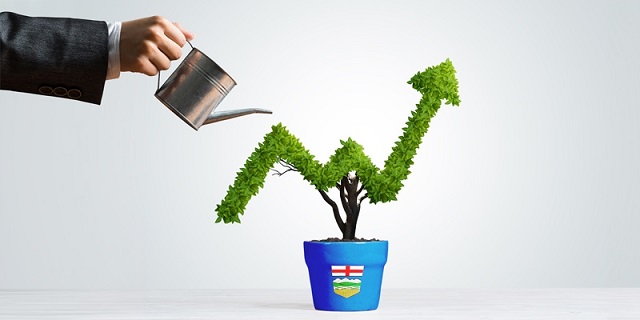
From the Fraser Institute
By Tegan Hill
In February 2024, the Smith government promised to share a plan to grow the Heritage Fund—Alberta’s long-term resource revenue savings fund—with the public before the end of 2024. But 2025 is upon us, and Albertans are still waiting.
The Lougheed government originally created the Heritage Fund in 1976/77 to save a share of the province’s resource wealth, including oil and gas revenues, for the future. But since its creation, Alberta governments have deposited less than 4 per cent of total resource revenue in the fund.
In other words, for decades successive Alberta governments have missed a golden opportunity. When governments make deposits in the Heritage Fund, they transform onetime (and extremely volatile) resource revenue into a financial asset that can generate more stable earnings over time. Eventually, the government could use annual income from the fund to replace volatile resource revenue in the budget.
Historically, however, rules that would have helped ensure the fund’s growth (for example, a requirement to deposit 30 per cent of resource revenue annually) were “statutory” rather than “constitutional,” which meant Alberta governments could easily disregard, change or eliminate these rules once they were no longer convenient.
And they did. The government changed that 30 per cent requirement to 15 per cent by 1982/83, and after an oil price collapse, eliminated it entirely in 1987/88. Due to a lack of consistent deposits, paired with the real value of the fund eroding over time due to inflation, and nearly all fund earnings being spent, the Heritage Fund is expected to be worth less than $25 billion in 2024/25.
Again, while Premier Smith has promised to grow the fund to between $250 billion to $400 billion by 2050, we’ve yet to see how she plans to do that. Whatever plan the government produces, it should heed lessons from other successful resource revenue savings fund such as Alaska’s Permanent Fund.
The Alaska government created its fund the same year Alberta created the Heritage Fund, but Alaska’s fund is worth roughly US$80 billion (or C$113 billion) today. What has the Alaska government done differently?
First, according to Alaska’s constitution, the state government must deposit 25 per cent of all mineral revenues into the fund each year. This type of “constitutional” rule is much stronger than a “statutory” rule that existed in Alberta. (While Canada does not have separate provincial constitutions, it’s possible to change Canada’s Constitution for province-specific measures.) Second, the Alaska government must set aside a share of the fund’s earnings each year to offset the effects of inflation—in other words, “inflation-proof” the principal of the fund to preserve its real value. And finally, the government must pay a portion of fund earnings to Alaskan citizens in annual dividends.
The logic of the first two rules is simple—the Alaskan government promotes growth in the fund by depositing mineral revenue annually, and inflation-proofing maintains the fund’s purchasing power. But consider the third rule regarding dividends.
The Alaska government created the annual dividend, paid out annually to Alaskans, to create political pressure for future governments to responsibly maintain the fund. Because citizens have an ownership share in the fund, they’re more interested in the state maximizing returns from its resource wealth. This has helped maintain and reinforce robust fiscal rules that make the Permanent Fund successful.
Based on this success, if the Smith government began contributing 25 per cent of resource revenue to the Heritage Fund and inflation-proofed the principal, it could pay each Albertan a total dividend between roughly $600 to $1,100 from 2024/25 to 2026/27, or roughly $2,300 to $4,400 per family of four. And as the fund grows, so would the dividends.
Almost one year ago, the Smith government promised a new plan for the Heritage Fund. When the plan is finally released, it should include a constitutional requirement for consistent contributions and inflation-proofing, and annual dividends for Albertans.
Alberta
New pipeline from Alberta would benefit all Canadians—despite claims from B.C. premier

From the Fraser Institute
The pending Memorandum of Understanding between the Carney government and the Alberta governments will reportedly support a new oil pipeline from Alberta’s oilsands to British Columbia’s tidewater. But B.C. Premier David Eby continues his increasingly strident—and factually challenged—opposition to the whole idea.
Eby’s arguments against a new pipeline are simply illogical and technically incorrect.
First, he argues that any pipeline would pose unmitigated risks to B.C.’s coastal environment, but this is wrong for several reasons. The history of oil transport off of Canada’s coasts is one of incredible safety, whether of Canadian or foreign origin, long predating federal Bill C-48’s tanker ban. New pipelines and additional transport of oil from (and along) B.C. coastal waters is likely very low environmental risk. In the meantime, a regular stream of oil tankers and large fuel-capacity ships have been cruising up and down the B.C. coast between Alaska and U.S. west coast ports for decades with great safety records.
Next, Eby argues that B.C.’s First Nations people oppose any such pipeline and will torpedo energy projects in B.C. But in reality, based on the history of the recently completed Trans Mountain Expansion (TMX) pipeline, First Nations opposition is quite contingent. The TMX project had signed 43 mutual benefit/participation agreements with Indigenous groups along its route by 2018, 33 of which were in B.C. As of March 2023, the project had signed agreements with 81 out of 129 Indigenous community groups along the route worth $657 million, and the project had resulted in more than $4.8 billion in contracts with Indigenous businesses.
Back in 2019, another proposed energy project garnered serious interest among First Nations groups. The First Nations-proposed Eagle Spirit Energy Corridor, aimed to connect Alberta’s oilpatch to a port in Kitimat, B.C. (and ultimately overseas markets) had the buy-in of 35 First Nations groups along the proposed corridor, with equity-sharing agreements floated with 400 others. Energy Spirit, unfortunately, died in regulatory strangulation in the Trudeau government’s revised environmental assessment process, and with the passage of the B.C. tanker ban.
Premier Eby is perfectly free to opine and oppose the very thought of oil pipelines crossing B.C. But the Supreme Court of Canada has already ruled in a case about the TMX pipeline that B.C. does not have the authority to block infrastructure of national importance such as pipelines.
And it’s unreasonable and corrosive to public policy in Canada for leading government figures to adopt positions on important elements of public policy that are simply false, in blatant contradiction to recorded history and fact. Fact—if the energy industry is allowed to move oil reserves to markets other than the United States, this would be in the economic interest of all Canadians including those in B.C.
It must be repeated. Premier Eby’s objections to another Alberta pipeline are rooted in fallacy, not fact, and should be discounted by the federal government as it plans an agreement that would enable a project of national importance.
Alberta
Premier Danielle Smith says attacks on Alberta’s pro-family laws ‘show we’ve succeeded in a lot of ways’
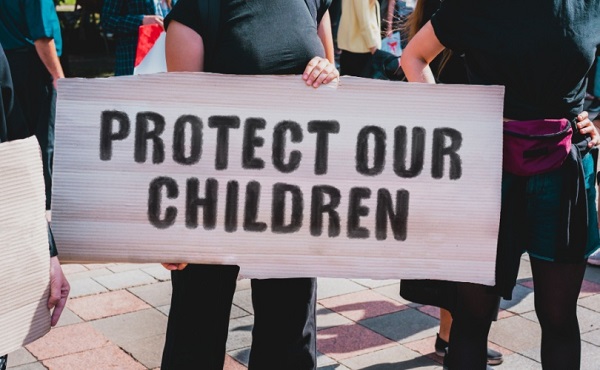
From LifeSiteNews
Recent legislation to dial back ‘woke progressivism’ is intended to protect the rights of parents and children despite opposition from the left.
Alberta Premier Danielle Smith took a shot at “woke progressivism” and detractors of her recent pro-family laws, noting that because wokeness went “too far,” the “dial” has turned in favor of parental rights and “no one” wants their “kid to transition behind their back.”
“We know that things went a little bit too far with woke progressivism on so many fronts and we’re trying to get back to the center, trying to get them back to the middle,” Smith said in a recent video message posted on the ruling United Conservative Party’s (UCP) official X account.
Smith, who has been battling the leftist opposition New Democratic Party (NDP) attacks on her recent pro-family legislation, noted how “we’ve succeeded in a lot of ways.”
“I think we have moved the dial on protecting children and the right of girls and women to participate in sports without having to face born male athletes,” mentioning that the Olympics just announced gender-confused athletes are not allowed to compete in male or female categories.
“I think we’re moving the dial on parental rights to make sure that they know what’s going on with their kids. No one wants their kid to be transitioned behind their back and not know. I mean, it doesn’t matter what your background is, you want to know what’s going on with your child.”
Smith also highlighted how conservatives have “changed the entire energy conversation in the country, we now have we now have more than 70 percent of Canadians saying they believe we should build pipelines, and that we should be an energy superpower.’
As reported by LifeSiteNews, Smith recently said her government will use a rare constitutional tool, the notwithstanding clause, to ensure three bills passed this year – a ban on transgender surgery for minors, stopping men from competing in women’s sports, and protecting kids from extreme aspects of the LGBT agenda – remain law after legal attacks from extremist activists.
Bill 26 was passed in December 2024, amending the Health Act to “prohibit regulated health professionals from performing sex reassignment surgeries on minors.”
Last year, Smith’s government also passed Bill 27, a law banning schools from hiding a child’s pronoun changes at school that will help protect kids from the extreme aspects of the LGBT agenda.
Bill 27 will also empower the education minister to, in effect, stop the spread of extreme forms of pro-LGBT ideology or anything else allowed to be taught in schools via third parties.
Bill 29, which became law last December, bans gender-confused men from competing in women’s sports, the first legislation of its kind in Canada. The law applies to all school boards, universities, and provincial sports organizations.
Alberta’s notwithstanding clause is like all other provinces’ clauses and was a condition Alberta agreed to before it signed onto the nation’s 1982 constitution.
-

 Alberta2 days ago
Alberta2 days agoPremier Smith explains how private clinics will be introduced in Alberta
-

 Censorship Industrial Complex2 days ago
Censorship Industrial Complex2 days agoUK Government “Resist” Program Monitors Citizens’ Online Posts
-

 Business2 days ago
Business2 days agoUS Supreme Court may end ‘emergency’ tariffs, but that won’t stop the President
-

 Bruce Dowbiggin2 days ago
Bruce Dowbiggin2 days agoElbows Down For The Not-So-Magnificent Seven: Canada’s Wilting NHL Septet
-

 International2 days ago
International2 days ago“The Largest Funder of Al-Shabaab Is the Minnesota Taxpayer”
-

 Alberta2 days ago
Alberta2 days agoAlberta introducing dual practice health care model to increase options and shorten wait times while promising protection for publicly funded services
-
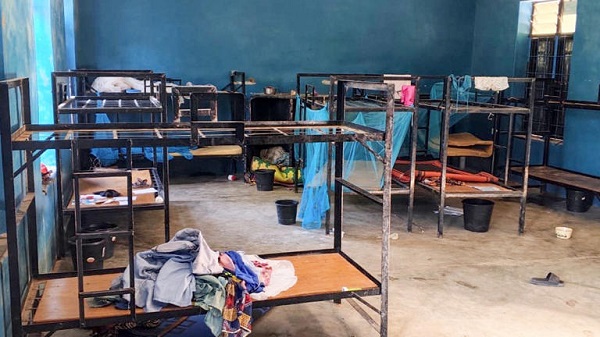
 International2 days ago
International2 days ago50 of the 315 students and 12 staff abducted from Catholic school in Nigeria last week have escaped
-
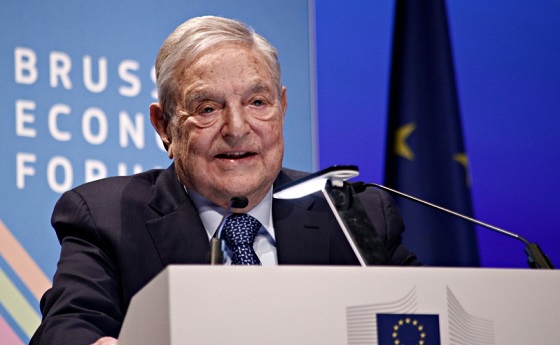
 espionage1 day ago
espionage1 day agoSoros family has been working with State Department for 50 years, WikiLeaks shows




